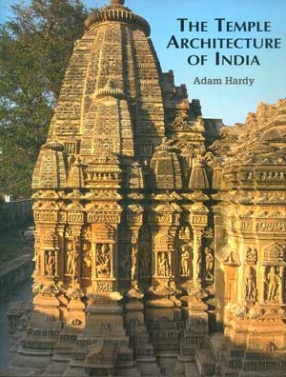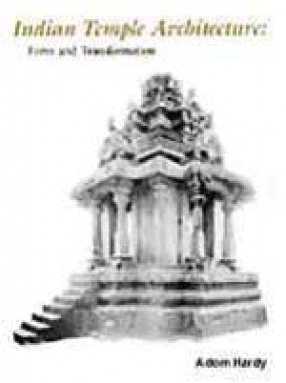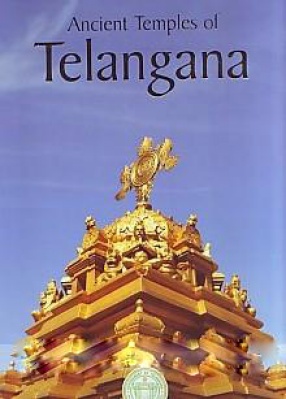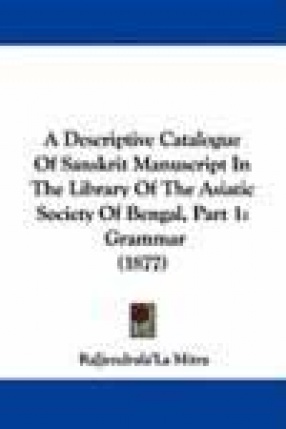This book is about vatuvidya or architectural theory, the creation of temples, and the role of drawings as an indispensible bridge between the two. It focuses on two worls attributed to Bhoja, the legendary Paramara ruler of Malwa in the first half of the eleventh century. The first of these is his vastly ambitions, but unfinished, royal temple at Bhojpur, with its unique set of architectural drawings engraved in the surrounding rocks. These beautiful drawings, documented here for the first time, provide insights into construction processes and glimpses of hitherto unknown temple forms. They also hold the key to the intended design of the Bhojpur temple itself, which would have been by far the biggest Hindu temple in the world.
The other main focus of this study is Bhoja’s great compendium of architectural knowledge known as the Samaranganasutradhara, a project of comparable ambition to this temple. This famous Vastusastra was compiled at a moment when the classicl traditions of Indian architecture had blossomed into abundant maturity, and could be understood their diversity. The Samarangana’s treatment of Nagara, Dravida and Bhumija temples are covered here in detail, with Key chapters translated both into English and into drawings of the temple designs that the next encapsulates. As illustrated by numerous photographs, the text description types known among urviving monuments, as well as many others probably never built. Far from being a straightjacket and an impediment to growth, the text is revealed both as a framework and a stimulus to further creativity. This book will allow the reader to begin to understand the temple architecture of medieval India through the eyes of its creators.









There are no reviews yet.